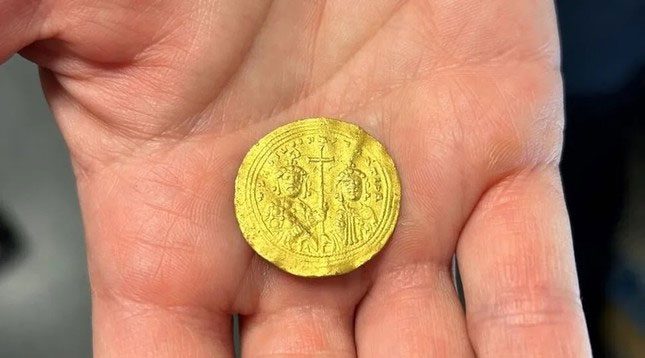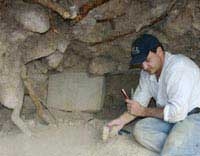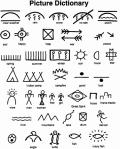A metal detectorist accidentally discovered a rare gold coin while exploring the mountains in southern Norway.

Jesus is depicted on one side of the gold coin. (Photo: Martine Kaspersen, Innlandet Fylkeskommune).
A metal detectorist discovered a 1,000-year-old gold coin featuring Jesus while exploring the mountains of Vestre Slidre, a municipality in southern Norway.
Known as a “histamenon nomisma,” this small coin was first introduced around the year 960 AD. It features an image of Jesus holding a Bible on one side and portraits of Basil II and Constantine VII, two brothers who ruled the Byzantine Empire, on the reverse side.
The western half of the Roman Empire fell in 476 AD, while the Byzantine Empire, or Eastern Roman Empire, continued to exist for another millennium.
Archaeologists believe that this coin was minted between 977 and 1025 AD, during the reign of the two brothers Basil II and Constantine VII, based on three dots surrounding the edge of the coin, a design feature commonly used during that period.

The reverse side of the recently discovered gold coin.
This coin also features two inscriptions. The first inscription in Latin reads “Jesus, King of those who reign” and the second in Greek states “Basil and Constantine, emperors of the Romans.”
However, researchers do not know how the coin ended up on the mountainside. They speculate that it may have belonged to Harald Hardrada, also known as Harald III, who ruled Norway from 1045 to 1066. Before becoming king, Harald III served as a bodyguard for the Byzantine emperor. According to the Miami Herald, it was customary for guards to “loot the palace after the emperor’s death.”
The coin may have ultimately been used as a dowry for Harald III when he married the daughter of Prince Yaroslav (also known as Yaroslav the Wise) of Kyiv, now in Ukraine. It might also have been used as a form of trade.
Archaeologists plan to return to the mountainous area in 2024 for further excavations.





















































